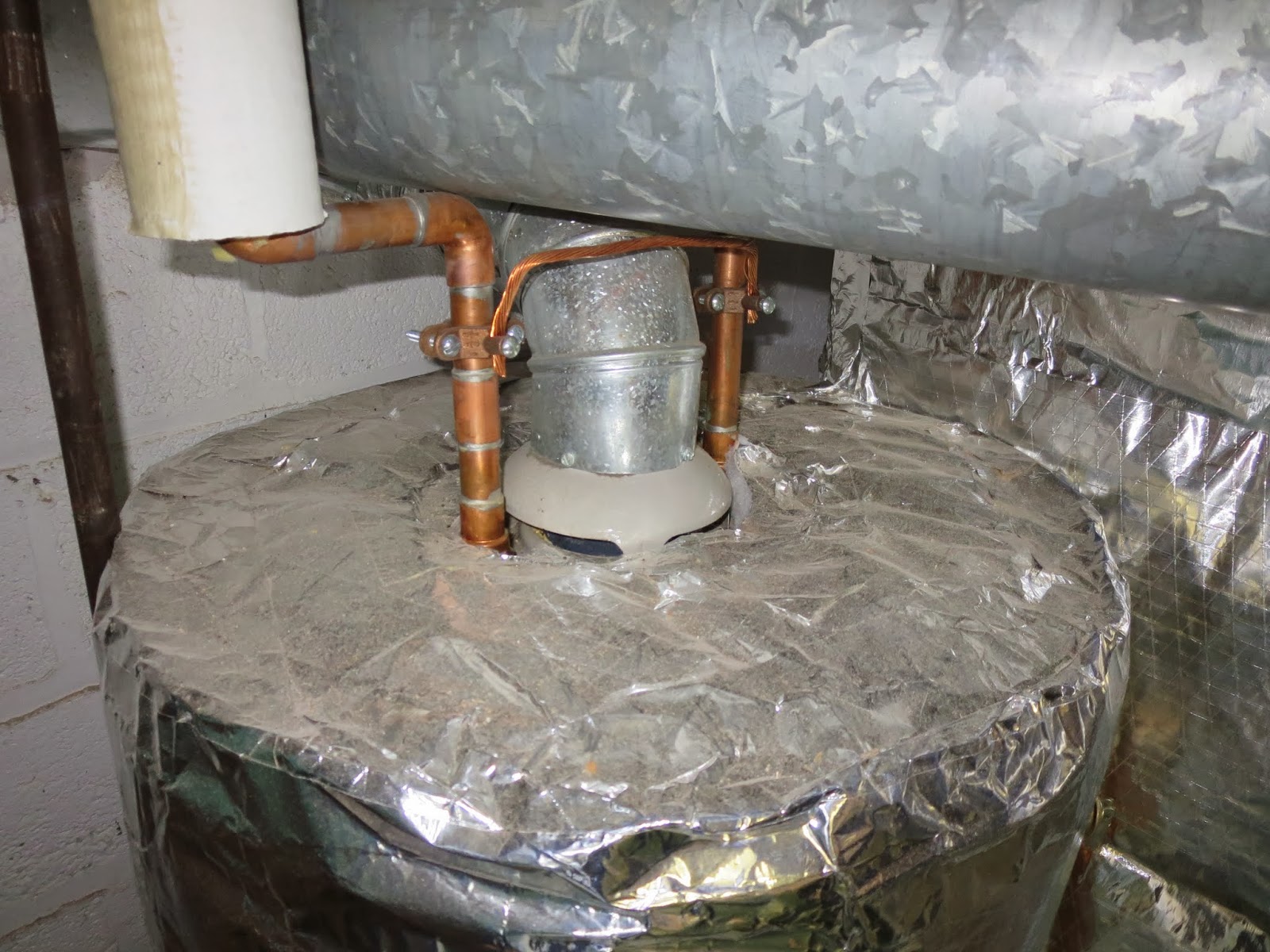Wednesday, January 15, 2014
Insulating Heat Ducts in the Basement
This is a story about making a little heat go a long way. In most houses, heat has to go a long way to get to this or that room. A wood stove simply radiates the heat outward, and lets the excited molecules spread the warmth up the staircase and around corners. But the typical forced air furnace has to push the air itself, through a labyrinthine set of pipes, facing the same circulatory issues of a giant octopus.
Much of the heat a furnace produces gets lost in transit, as the long metal ducts shed their warmth into the basement where it doesn't do much good. My basement is an all too good example of that, with bare ducts and leaky single pane windows.
So when my friend Dorothy was told that she needed a bigger furnace to get more heat to chronically cold rooms in her house, she fortunately asked around and got some good advice on a different approach.
Instead of spending lots of money on a bigger furnace, why not insulate the ducts so the heat from the little-furnace-that-could can make it all the way to the upstairs bedrooms? It goes against the bigger-is-better and replace-rather-than-repair mantras that so often dictate decisions, but it worked like a charm. Rooms that were chronically cool are now comfortably warm.
Imagining that duct insulation would have a MichelinMan bulkiness, I was impressed to see that the covering is very compact.
And the workmanship is impressive, with insulation neatly taped and tight under and around the brackets,
and the water heater carefully insulated as well.
Leakage can cause even more heat loss from air ducts, and here it looks like the solution is to tightly wrap the joints with tape. These may be return ducts that were a lower priority for insulation. (Note: Check comment section below for details on materials and the logic of not insulating return ducts.)
Combined with the clotheslines stretched along the ceiling as a way to avoid using the energy-gulping clothes dryer, this is one very together, money saving, energy saving basement.
Subscribe to:
Post Comments (Atom)







3 comments:
it is more important to tape seal the joints than in the wrapping of the ducts with insulation. and it's the cheapest part of the job. any forced air leaking into the fibreglass wrap, will send it airborne into the cellar, forever... get all of the joints and leaks sealed, and you will probably see a measurable difference... i didn't use fiberglass in this installation, but a new type of insulation material... denny
That definitely makes sense to tape seal the joints first. Sounds like a multi-step process of first cleaning the dust off the joints, then wrapping them with the sealing tape. Then, if that works out, I may be emboldened to wrap insulation around some of the heating ducts in the basement that have long runs up to the second floor. Glad to hear there's an alternative to fiberglass.
Cleaning the tops of the ducts is necessary if you want a tightly sealed system, not so easy in some places.You may need to get creative to get to the tight spots.
The duct wrap was not installed on the return ducts purposefully. Using the waste heat from the house to temper the basement in many instances can supplant the need to install a register in the basement.
Home Depot has aluminum foil tape for the sealing of the joints, use wide aluminum mesh type tape to attach the duct wrap. It wont tear, where the foil tape will. Using regular duct tape is a waste of time and money for this project, and from experience, will fail.
Below is the insulation i used, not so cheap, but is a pleasure to work with. No itching or airborne particulates to deal with. D
http://www.grainger.com/product/DUCTMATE-Duct-Insulation-38G227?opr=APPD&pbi=38G225
Post a Comment